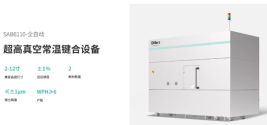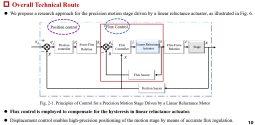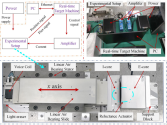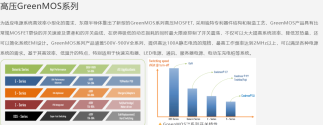The third phase of the National Integrated Circuit Industry Investment Fund (Big Fund III) invests in Nantong Crystal.
The third phase of China’s National Integrated Circuit Industry Investment Fund (Big Fund III), known as Guotou Jixin, has invested 100 million yuan in Nantong Crystal Co., Ltd., acquiring a 25% stake and boosting its registered capital to 400 million RMB. This marks Nantong Crystal’s first completed investment by SDIC Jixin this year, following earlier plans for a potential investment in Tuojing Key Technology (still pending).
Nantong Crystal specializes in high-performance synthetic quartz materials used in lasers, semiconductors, and precision optics, particularly as core components in photomask substrates critical to advanced semiconductor manufacturing below 5nm. High-purity quartz glass is essential due to its thermal stability and accuracy in transferring chip patterns.
With the continued expansion of domestic wafer fab capacity, the market demand for photomasks is expected to grow steadily, creating vast opportunities for domestic substitution. Nantong Crystal's products precisely meet this demand. Its synthetic quartz materials for semiconductor photomasks feature low metal impurity content (high purity), high UV transmittance, high optical uniformity, low hydroxyl content, low stress birefringence, and excellent radiation resistance. It can supply quartz materials in batches to meet i-line/g-line/KrF/ArF grade photomask requirements, including ingots, blanks, and rough-polished wafers. Through controlled production processes, it ensures excellent dimensional accuracy, stress, and optical uniformity.
Currently, the global photomask substrate market is dominated by Corning, Heraeus, and Shin-Etsu, with China’s localization rate of high-end substrates remaining under 3%. Nantong Crystal aims to break technological barriers through synthetic quartz vapor deposition technology, promoting self-reliance in this vital industry.
The company is controlled by Zhongtian Technology, a leading Chinese manufacturer of submarine optical cables with a 30–40% domestic market share. Zhongtian has expanded into optical communication modules, successfully developing and delivering industrial-grade 400G/800G silicon photonics modules.
In Q3 2025, Zhongtian Technology reported RMB 37.974 billion in operating revenue (up 10.65% YoY) and RMB 2.338 billion net profit (up 1.19% YoY), reflecting strong performance across its core businesses.
This investment underscores China’s strategic push to advance domestic capabilities in advanced semiconductor materials, particularly in photolithography, reducing dependence on foreign suppliers.






